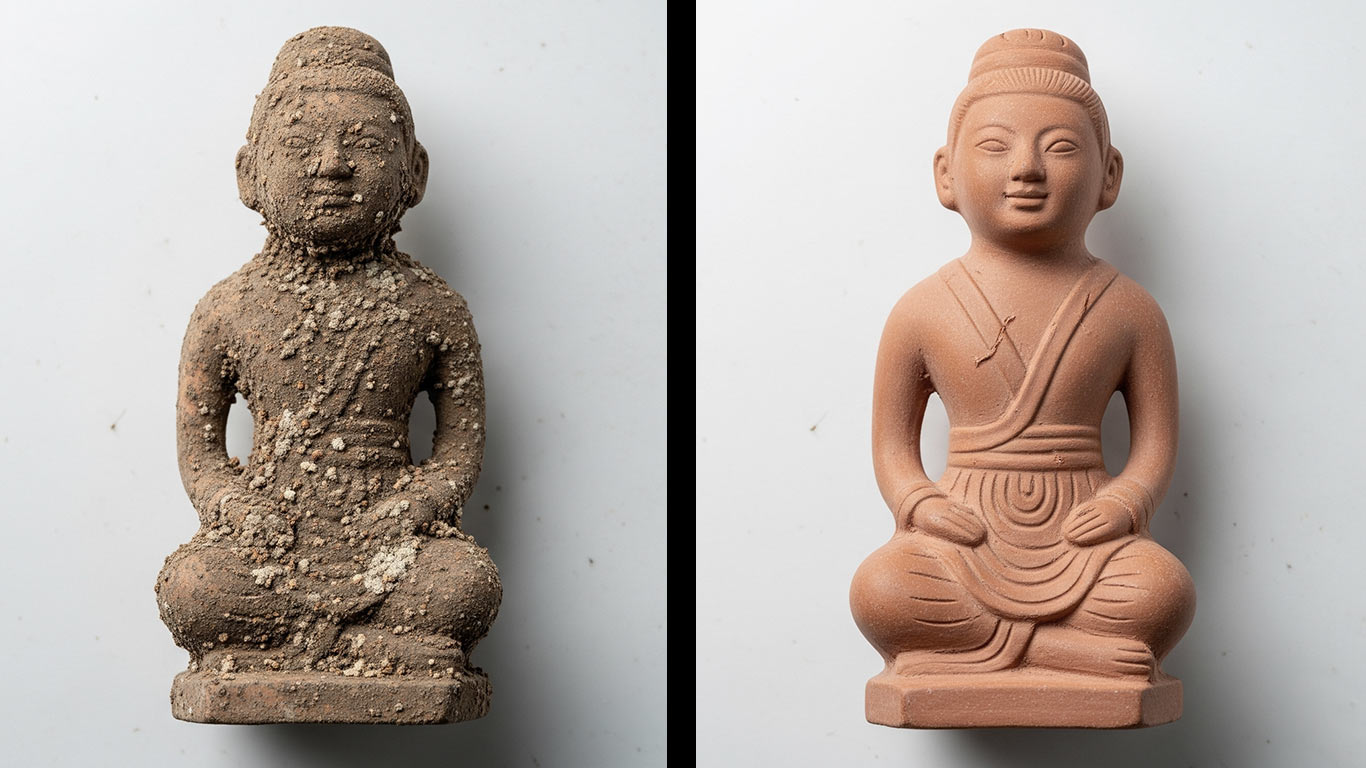
ANSI
ANSI Z136.1 - Safe Use of Lasers



We've found that terracotta cleans up nicely with laser treatment in heritage projects because its natural heat resistance keeps the structure intact during the process. Its low conductivity focuses the energy right on surface dirt without spreading deep inside, so you get precise results on old tiles or artifacts. But always watch for any underlying cracks that could worsen under repeated passes.
At 1000x magnification, the terracotta surface shows thick layers of dirt and grime everywhere. Fine particles stick tightly to the rough texture below. This buildup darkens the natural reddish tone completely.
After laser treatment at the same view, the terracotta surface reveals a clear and even finish. No particles remain attached to the smooth areas. The original reddish tone glows brightly once more.

ANSI Z136.1 - Safe Use of Lasers

IEC 60825 - Safety of Laser Products

OSHA 29 CFR 1926.95 - Personal Protective Equipment
License: Creative Commons BY 4.0 • Free to use with attribution •Learn more